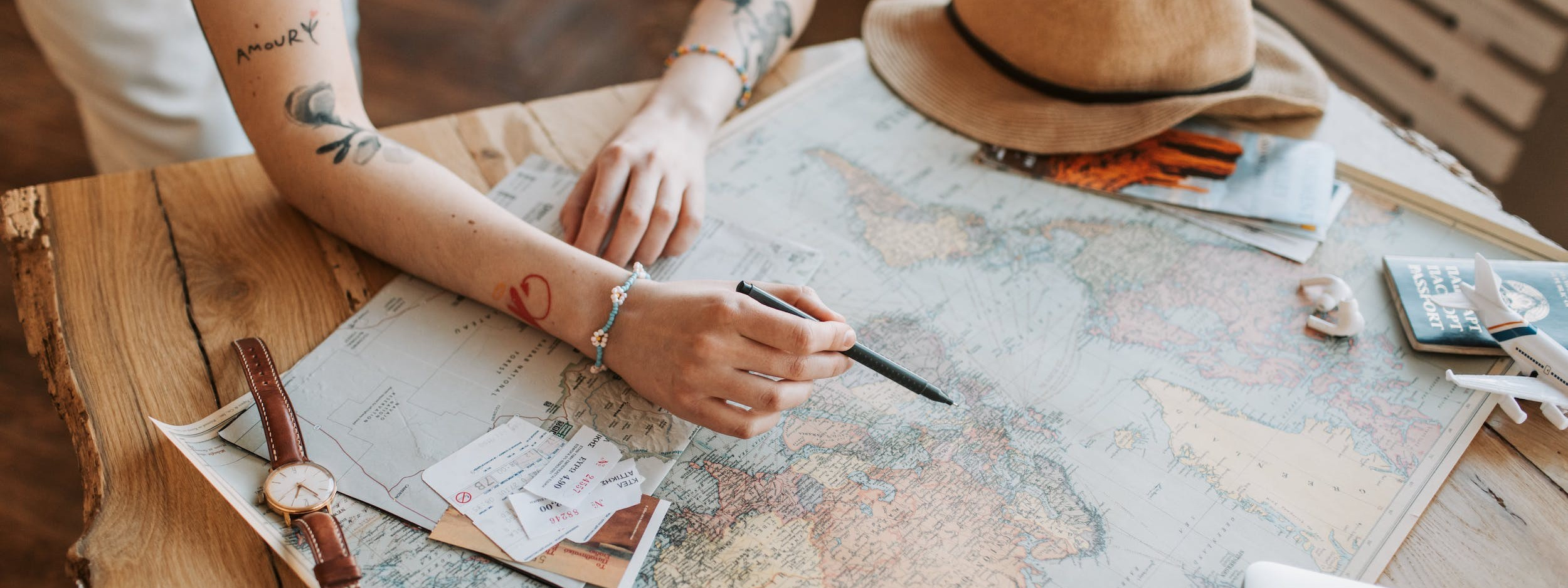Why Set Photography Goals?
Setting photography goals serves several important purposes. Firstly, they provide direction and purpose to your creative endeavors. Goals help you stay motivated and focused, guiding your photographic journey towards specific achievements. They also act as a measuring stick, allowing you to assess your progress over time. By setting objectives and periodically reviewing your work against them, you can track your growth and identify areas that need improvement.
Moreover, photography goals enhance your creativity. They encourage you to experiment with new techniques, subjects, and genres. This experimentation can lead to breakthroughs in your skills and style. Whether you’re aiming to master portrait photography, delve into wildlife, or capture the intricacies of macro, goals will challenge you to push your boundaries.
Types of Photography Goals
Photography goals can vary widely depending on your interests and skill level. Here are some common types of goals to consider:
- Skill Improvement: You might aim to learn a new technique, such as long-exposure photography, or master the use of flash in your work.
- Subject Exploration: Explore new genres or subjects that intrigue you, whether it’s landscape, street, wildlife, or abstract photography.
- Project-Based Goals: Set out to complete a specific photography project, like a series of portraits, a travel photo essay, or a year-long 365-day photo challenge.
- Technical Proficiency: Focus on improving your understanding of camera settings, post-processing, and gear.
- Exhibition or Publication Goals: Strive to have your work exhibited in galleries or published in magazines, websites, or books.
- Monetary or Business Goals: If you’re pursuing photography as a business, establish income targets or client acquisition goals.
Tips for Effective Goal Setting
- Be Specific and Realistic: Your goals should be clear and achievable. Instead of a vague goal like “improve my photography, ” set a specific objective like “learn to use off-camera flash effectively.”
- Break Goals into Smaller Steps: Divide larger goals into smaller, manageable tasks. This makes the path to your goals less overwhelming and more achievable.
- Set a Timeline: Assign a reasonable time frame to your goals. For example, if you’re planning to complete a photo project, set a deadline to stay on track.
- Document Your Goals: Write your goals down in a photography journal or digital note. This commitment reinforces your dedication to achieving them.
- Share Your Goals: Share your photography resolutions with a friend, fellow photographer, or on social media. Accountability can be a powerful motivator.
- Measure Your Progress: Periodically review your goals and assess your progress. Adjust them as needed, keeping in mind that flexibility is key.
- Stay Inspired: Continuously seek inspiration from the work of other photographers. It can stimulate your creativity and encourage you to strive for new heights.
- Celebrate Achievements: When you meet a goal, celebrate your achievement. It’s essential to acknowledge your hard work and accomplishments.
Setting photography goals for the year is a deeply personal process. Your aspirations will be unique to your interests and desires. Embrace the journey, and remember that the pursuit of these goals is as fulfilling as their attainment. As you venture into the year with a clear vision and objectives in mind, you’ll find that your photography evolves, your skills sharpen, and your artistic voice grows stronger. So, go ahead and set those photography resolutions — your camera and creative spirit are waiting to embark on a new and exciting adventure.
FAQs
1. Why should I bother setting photography goals?
Setting photography goals serves several important purposes. Firstly, they provide direction and purpose to your creative endeavors. Goals help you stay motivated and focused, guiding your photographic journey towards specific achievements. They also act as a measuring stick, allowing you to assess your progress over time. By setting objectives and periodically reviewing your work against them, you can track your growth and identify areas that need improvement.
2. What types of photography goals should I consider setting?
Photography goals can vary widely depending on your interests and skill level. Some common types of goals to consider include skill improvement (such as learning new techniques or mastering specific genres), subject exploration (exploring new genres or subjects that intrigue you), project-based goals (completing specific photography projects), technical proficiency (improving your understanding of camera settings and post-processing), exhibition or publication goals (having your work exhibited or published), and monetary or business goals (if pursuing photography as a business).
3. How can I effectively set and achieve my photography goals?
Effective goal setting involves several key strategies. Be specific and realistic with your goals, breaking larger objectives into smaller, manageable tasks. Set a timeline for achieving each goal, documenting them in a photography journal or digital note for accountability. Share your goals with others for added motivation, and regularly measure your progress, adjusting goals as needed. Stay inspired by seeking inspiration from other photographers, and don’t forget to celebrate your achievements along the way.

